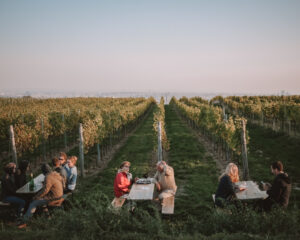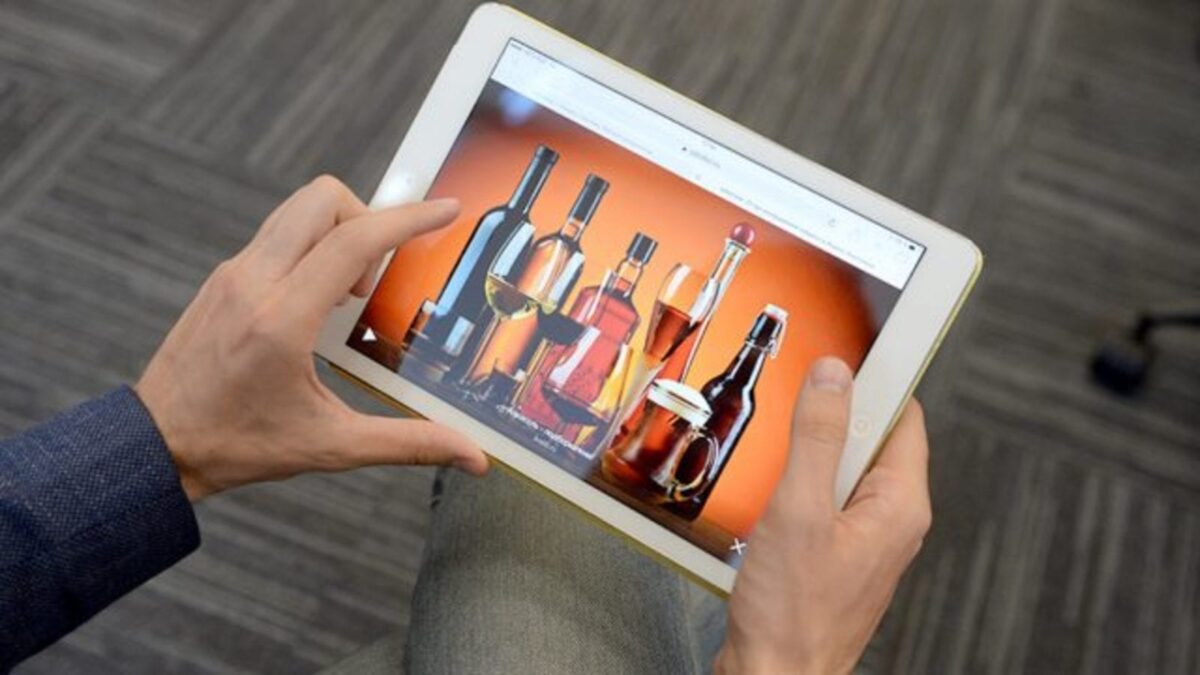Vienna, the capital of Austria is the world’s largest wine-producing city.
Here are some facts. Vienna has 700 hectares of vineyards, with over 276 producers. The vintners produce within the city limits, in the areas around Kahlenberg, Nussberg, Bisamberg, and Mauer, where the Danube and proximity of the Vienna Woods provides optimal climatic conditions.
Wine Heritage
Wine production is a long-established tradition in Vienna which dates back to the 12th century. Austria’s signature grape is the Grüner Veltliner, a white wine variety that ripens in mid to late October, and accounts for over a quarter of the wine produced in Vienna.
Wine Culture
Some of the best places to taste and explore Viennese wines is in ‘heurigers’ or taverns. Heuriger mean, in EN, a cosy tavern where local winemakers showcase and serve their wines. This is still a big part of Viennese city life. Vienna has over 100 heurigers scattered around the city centre. Since 2019, Viennese heuriger culture has been considered an intangible cultural heritage by UNESCO.
Presently Vienna’s bars and restaurants are a big part of this lively wine scene as Vienna’s creative new generation winemakers bring a contemporary twist to its ‘heuriger’ heritage. New bars rub shoulders with the ancient craft and pair the wine with locally produced food.
Vienna’s wine renaissance and the revival of this farm-to-table lifestyle make it “ A must visit destination!”

Vienna’s Wine Hiking Day
Vienna Wine Hiking Day is held each year in the fall when locals and visitors explore the urban vineyards by four different wine trails or hiking routes. At many points along the way, the Viennese vintners offer tastings from cellar and kitchen.
Tickets can be booked online for 2022
#Vienna #winetourism #winelovers #IgersVienna #travel #travelling #history #austria #travelgram #visitvienna #travelphoto #travellife #urbanvineyard #wineculture #winetravels #urbanlife #austrianwine #wine #redwine #whitewine #viennesewines #winemaking #heuriger #wineheritage





